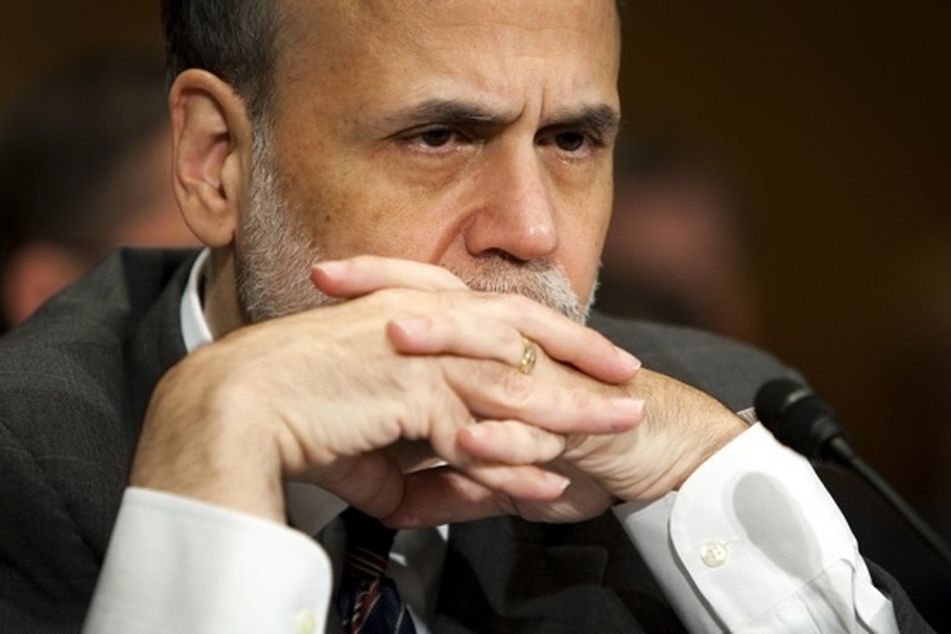Advisers feeling more secure about unsecured notes
 Bernanke: Loosen up, everybody
Bernanke: Loosen up, everybody
With puny interest rates, structured notes gaining in popularity
If the Fed’s ongoing low-interest-rate policy has accomplished nothing else, it has at least given the structured products industry some new talking points for financial advisers and their clients.
Apparently, the unsecured debt instruments known as structured notes are poised to surpass FDIC-principal protected structured certificates of deposit in popularity in the year ahead.
The forecast comes from the just-released results of a survey of financial professionals, conducted by Incapital LLC, an underwriter of various structured investment products.
“We’ve noticed a shift in investors’ appetite that is likely to continue into 2013, as more and more financial professionals are gravitating toward non- or partially-protected notes,” said Glenn Lotenberg, Incapital managing director.
While the shifting focus might seem subtle to the casual observer, it is actually a rather sizable step out on the risk curve for investors in this space, which is obviously what the Fed wants.
Keep in mind that at the core of any structured product strategy is the use of derivative instruments designed to hedge or leverage the exposure of an underlying investment, such as the S&P 500 Index.
Structured products, which have set maturities, are created and issued continuously, and they come in multiple flavors.
A structured note, for example, might limit losses at 10% and cap performance at 15% for the period of the contract.
But when the derivatives are used for principal protection in a low-interest-rate environment – such as with structured CDs – it is almost impossible for performance to keep pace with inflation.
“As the stock market has rebounded, there has been a shift by some investors from capital-protected structured products to capital-at-risk structured products,” said Eric Greschner, director of global education and regulatory initiatives at the U.S. Structured Products Association.
“Investors are willing to exchange 100% capital protection and participation in most, but not all of the gains in the underlying for either no or partial downside protection and leveraged upside and potential outperformance,” he added.
Thus, while structured notes are debt instruments that expose investors to the financial health of the issuing firm, advisers are realizing the biggest risk right now is not embracing risk.
From the Fed’s perspective, this must look like mission accomplished.
Learn more about reprints and licensing for this article.








